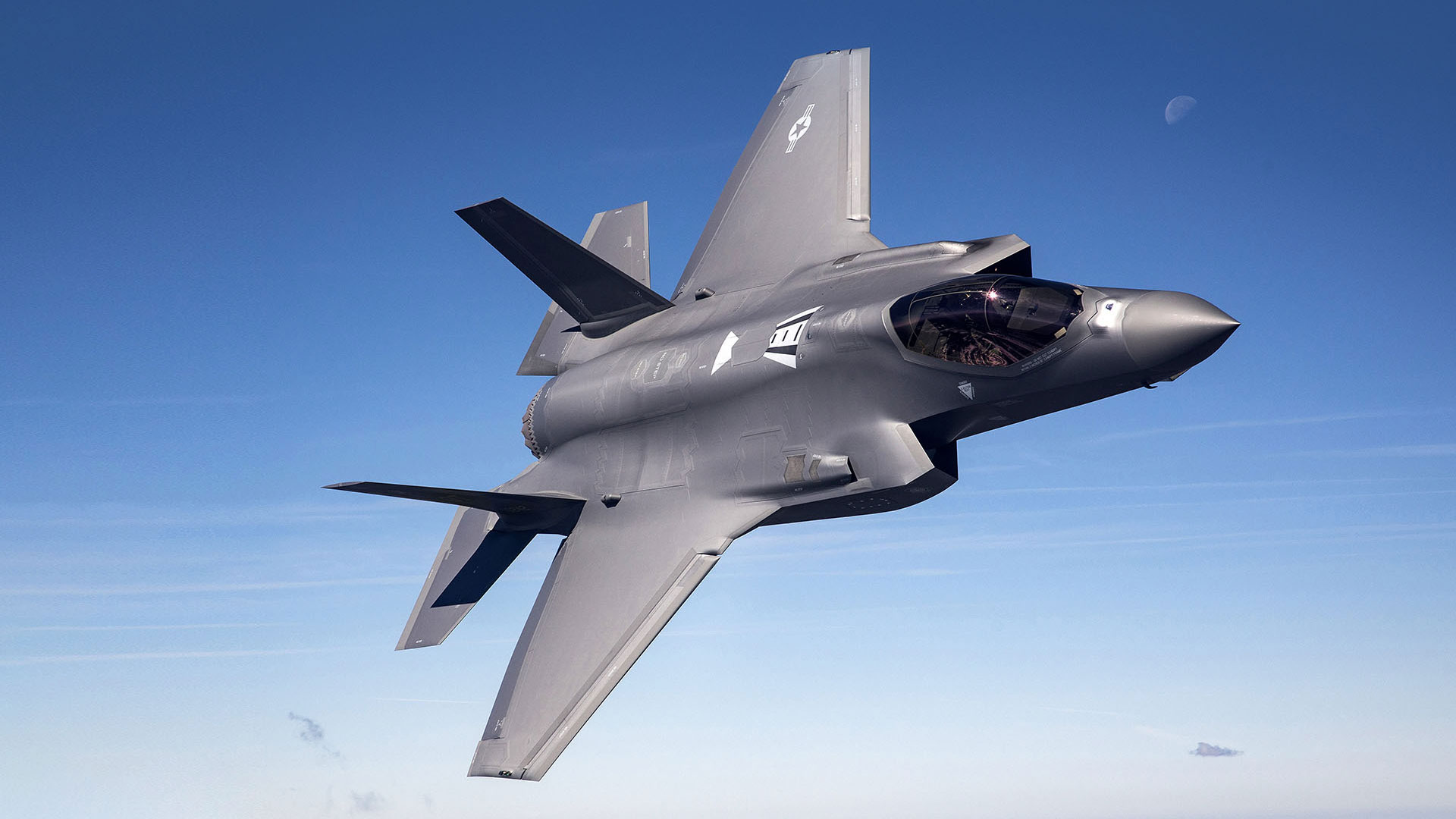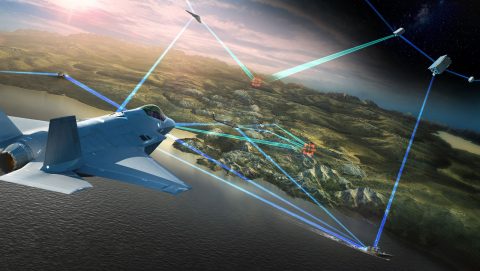How Systems Architects Unlock Mission Integration
Meet Chandan
One of Chandan Mathur’s earliest memories is when he was around 4 years old building a model airplane with his dad. They put together an SR-71, one of the most iconic aircraft to take to the skies designed by Lockheed Martin’s Skunk Works®.
“I ran to the top of the steps and let her fly. Dad was not too thrilled, but I’m pretty sure that bird flew for a bit. Ever since then, I've been interested in aviation.”
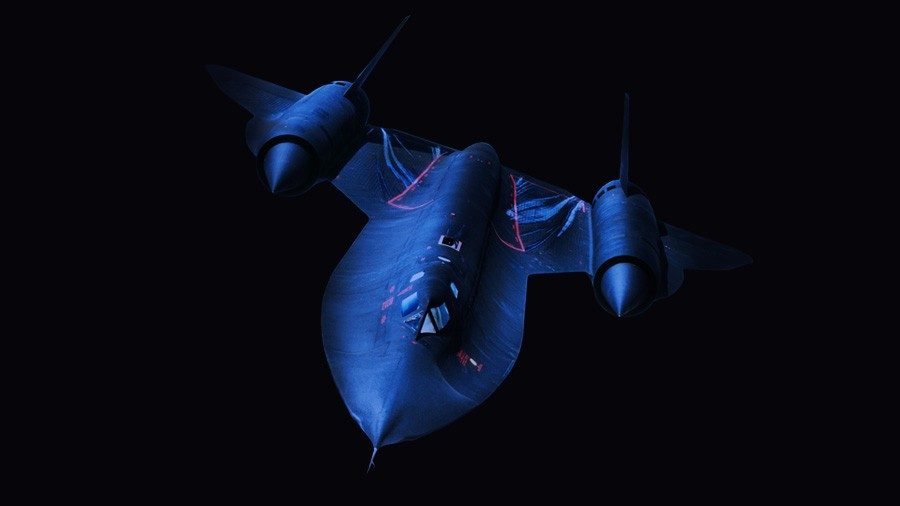
Chandan is a Lockheed Martin Aeronautics engineer who currently works in systems architecture, which means he is focused on interface compatibility across aircraft and other platforms, an important part of mission integration.
Systems Architecture: Connecting the Dots
Chandan compares his work to a civil architect designing a house and understanding the foundation, framing, material, plumbing, and electrical components. Mastering the details is not required, but architects must understand enough about each area to have the overall vision for how it will come together and function.
Integrating avionics into flight training systems is how Chandan became interested in systems architecture. He learned how different hardware pieces connected and communicated and how pilots and aircraft maintainers used them.
His role today includes requirements development, interface definition, developing design patterns, performance analysis, and integrating cyber, safety, and airworthiness traceability into designs using model-based systems engineering. And all of this requires close partnership with other experts across the company.
“One of the keys to Advanced Development Programs is working in cross-functional teams with colleagues representing various disciplines to solve a specific mission thread. This allows us to cross-pollinate information and learn from each other very quickly.”
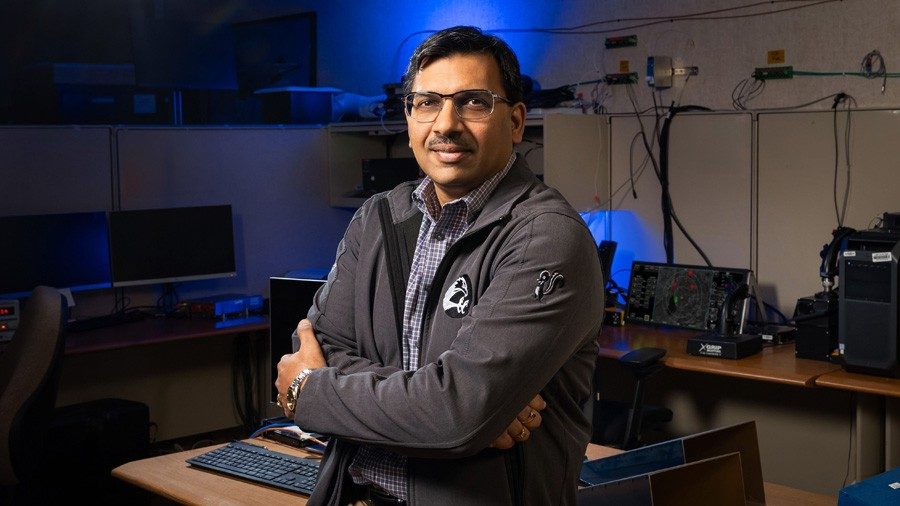
Expanding the OODA Loop
The concept of the OODA loop, Observe-Orient-Decide-Act, has been around for decades to describe how pilots operate. Chandan sees the OODA loop also applying to machine-to-machine communications and autonomy.
Platforms observe or sense threats, orient themselves geometrically if needed, process data, make decisions, and act on those decisions or have a person or another platform act on those decisions.
Advances in sensor technology allow platforms to see better and farther than ever before. And advances in systems architecture enable what is seen to be shared across platforms faster and more accurately than ever before.
The F-35 Delivers Mission Integration
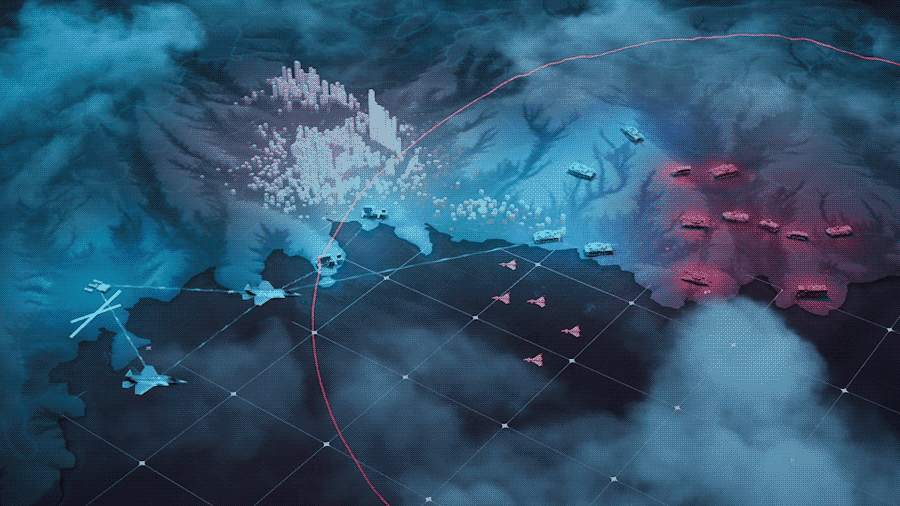
The F-35 serves as an information and communications gateway, sharing its operational picture with ground, sea and air assets. It provides unprecedented data sharing and rapid decision making across domains.
Think of the F-35 as the most advanced node in a 21st Century Security network-centric architecture. It’s the quarterback in the skies delivering unmatched integration and collaboration between platforms, operators and nations to deter and defeat threats.
Endless Opportunities for Innovation
Throughout his career with Lockheed Martin Chandan has worked on satellites, airplanes, flight trainers, ground control stations, trains, and submarines.
“Each program has a different set of technical challenges and being exposed to these on a daily basis really exercises my thought process. It’s like going to the gym and getting a full body work out!”
He believes the variety of experiences, culture and high ethical standards are what continue to draw talented engineers to the company.
Chandan is a Lockheed Martin Fellow, a designation earned by less than one percent of the company’s world-class engineers, scientists, and technologists. Fellows are tasked with solving the most difficult technical challenges and inspiring the next generation of technical experts within the company.
His advice for STEM professionals beyond honing technical skills is to fine tune writing and public speaking skills because “good ideas stuck in your head don’t help anyone but you.”


